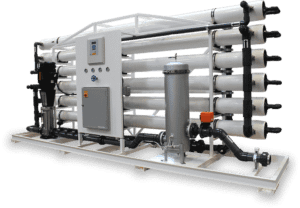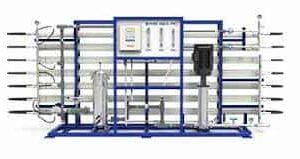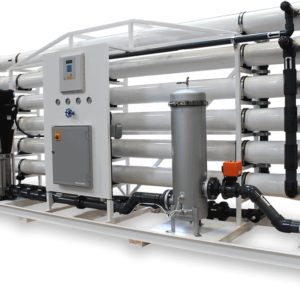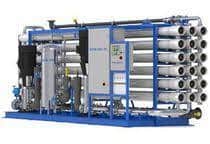Brackish Water Membrane
Buy on whatsappDescription
Brackish water, a term used to describe water with a moderate salinity level, poses a significant challenge when it comes to water scarcity and the need for freshwater resources. However, advancements in desalination technology have opened up new possibilities for converting brackish water into a valuable freshwater source. Among the various methods employed, the use of brackish water membranes, particularly in combination with reverse osmosis, has emerged as a highly efficient and sustainable solution.
Introduction
Brackish water, typically found in estuaries, bays, and certain groundwater sources, contains a salinity level higher than freshwater but lower than seawater. Traditional desalination methods have focused primarily on seawater, but with increasing water scarcity in many regions, the utilization of brackish water sources has gained significant attention. Brackish water membranes, along with reverse osmosis technology, have proven to be a game-changer in desalination efforts.
Understanding Brackish Water Membranes
Brackish water membranes are specialized filters that selectively allow water molecules to pass through while blocking the passage of dissolved salts, minerals, and impurities. These membranes are typically made of semi-permeable materials, such as thin films composed of polymeric materials or composite structures. The use of membranes prevents the transport of salts, ensuring the production of freshwater from brackish sources.
Enhancing Desalination Efficiency with Reverse Osmosis
Reverse osmosis (RO) is a highly efficient desalination process that works in conjunction with brackish water membranes. In RO, high-pressure is applied to the brackish water, forcing it through the membrane. The semi-permeable membrane allows water molecules to pass through while rejecting dissolved salts and impurities. As a result, the output obtained from the reverse osmosis process is freshwater with significantly reduced salinity levels.
The use of brackish water membranes in reverse osmosis systems improves the overall efficiency of desalination processes. These membranes are designed to withstand high pressures and effectively separate the brackish water into freshwater and concentrated brine. The freshwater can be further treated for various applications, including drinking water supply, agriculture, and industrial processes.
Benefits and Applications
1. Sustainable Water Supply
Brackish water membranes, in combination with reverse osmosis, offer a sustainable solution for augmenting water supplies in water-stressed regions. By utilizing brackish water sources, communities can reduce their dependence on freshwater reserves and alleviate pressure on traditional water sources.
2. Cost-Effective Approach
Compared to other desalination methods, brackish water membrane technology offers a cost-effective solution for converting brackish water into freshwater. The energy requirements for reverse osmosis systems have significantly reduced over the years, making the process more economically viable for large-scale water treatment projects.
3. Environmental Impact
Brackish water membrane-based desalination processes have a lower environmental impact compared to traditional methods. The energy efficiency of reverse osmosis systems reduces carbon emissions, and the concentrated brine produced during the process can be managed effectively through proper disposal methods.
4. Diverse Applications
The freshwater obtained from brackish water membranes can be used for a wide range of applications, including drinking water supply, irrigation, aquaculture, and industrial processes. This versatility makes brackish water desalination an attractive option for regions facing water scarcity.
Conclusion
Brackish water membranes, in combination with reverse osmosis technology, provide an efficient and sustainable solution for converting brackish water into freshwater resources. By utilizing advanced filtration techniques, these membranes offer a cost-effective and environmentally friendly approach to water treatment. As water scarcity continues to pose a global challenge, the use of brackish water membranes will play a crucial role in securing future water supplies and promoting sustainable development.




